How to stop the carnivorous New Guinea flatworm from invading the USA
Yesterday we spoke about the New Guinea flatworm, an invasive species spotted for the first time ever inside the United States this year. Today we've got some additional words on how to find the creature in your garden from Pr. Jean-Lou Justine, head author of the report that turned up these worms in the first place. We asked Justine how to spot the Platydemus manokwari (New Guinea flatworm) and what to do if one is spotted. One thing Justine made very clear about finding this worm is the following: DO NOT TOUCH THE WORM with your bare hands. Things could go very badly for you if you do.
As it was with our previous report on the worm, we once again suggest that if you do see a New Guinea flatworm, report it immediately. The first image you're going to see here is a contact form for the Florida Fish and Wildlife Conservation Commission. If you are in Florida and see one of these worms, again – don't touch it – take photos of it and send them in to the FFWCC as outlined here. You can also head to their Non-native species page for other species of non-native animals.
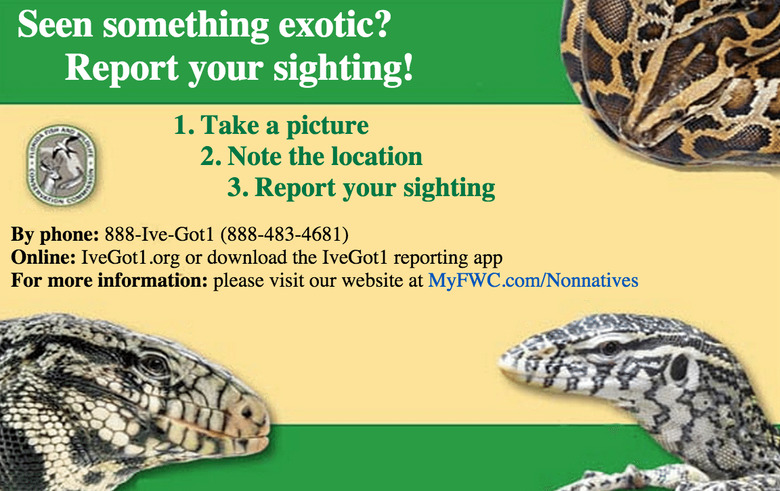
The app they mention above can be downloaded for Android devices and for the iPhone as well.
Now on to identifying the worm.
According to Justine, "People are most likely to spot Platydemus manokwari in their garden than really 'in the wild'."
These creatures aren't going to be out in the forest – they're going to be sliding around your flower beds.
"I believe that he most important to do now is to have a better knowledge of the invasion in Florida and elsewhere," said Justine, "So I recommend to make good photographs (not movies) and to send them by email to the appropriate person."
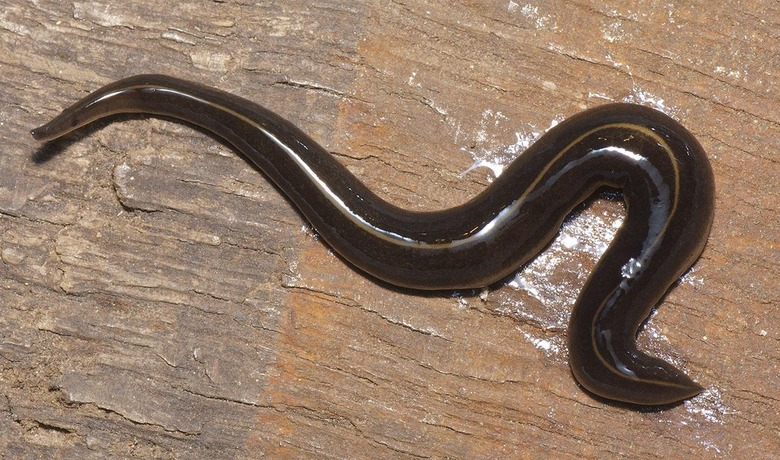
The best place to send photos is to the department listed above, if you live in Florida. As this species has only been spotted in Florida thus far, we're waiting on additional appearances in different states before we go all-out listing similar groups for reporting in every state in the USA.
This isn't the only worm-like creature that exists in Florida. We do not recommend you go out stomping every worm you see. That's not a great idea.
"There are several species of land planarians in Florida," Justine assured us.
"It is important to have photographs to precisely identify the species."
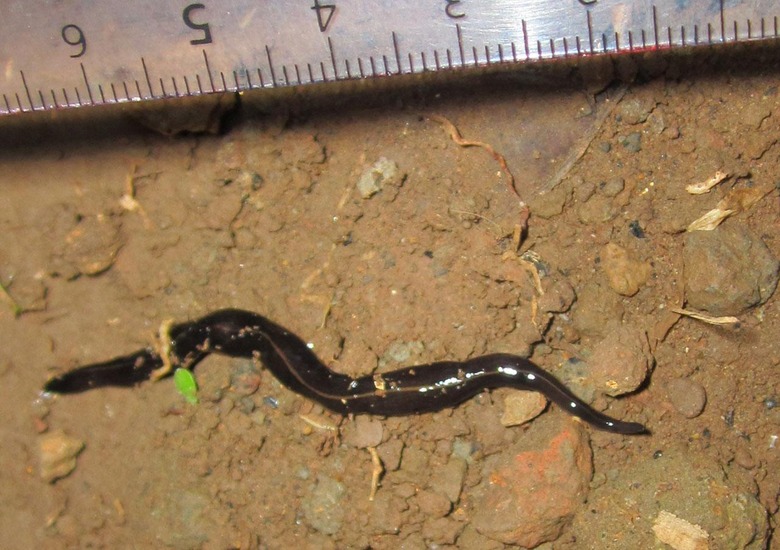
Above and below you'll see photos of the worm from the study that outlined the newest population spread. Have a peek at "The invasive land planarian Platydemus manokwari (Platyhelminthes, Geoplanidae): records from six new localities, including the first in the USA" under code 10.7717/peerj.1037 for more information.
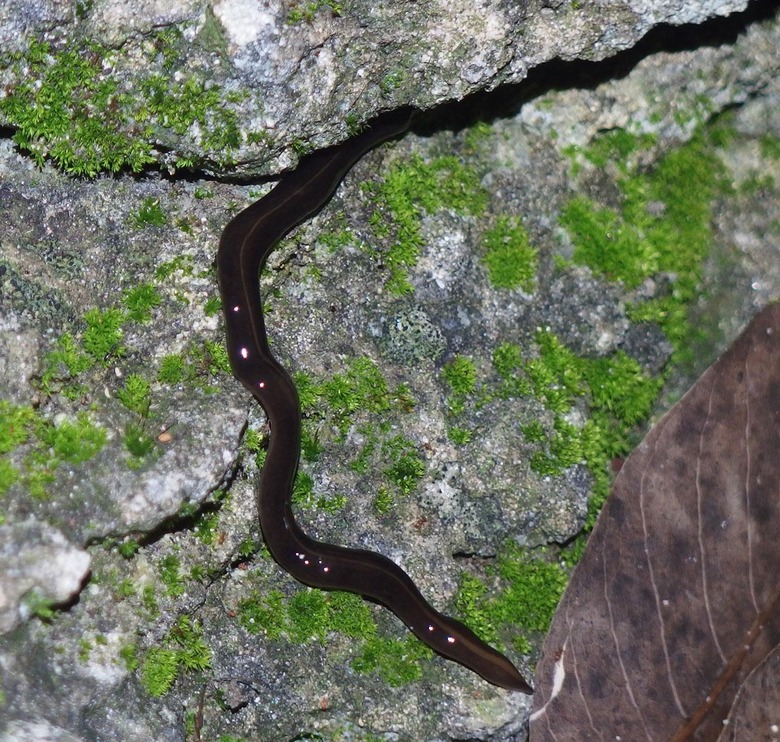
Above you'll see Platydemus manokwari appearing in Coral Gables, Florida. Below you'll see Platydemus manokwari devouring a snail.
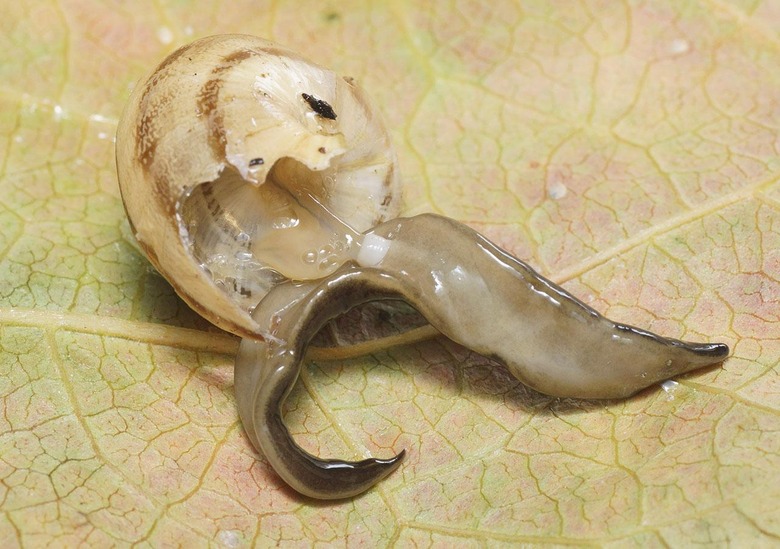
"An important practical advice is to tell people not to touch the land planarians," added Justine.
"They produce toxic chemicals and might induce allergic reactions."
If you do send in photos of this worm to your local invasive species control station, please feel free to forward them to SlashGear as well. We'd love to take part in stomping out this invasive species – or at least getting it back to its natural habitat where it's far less harmful to our environment – as soon as possible.
